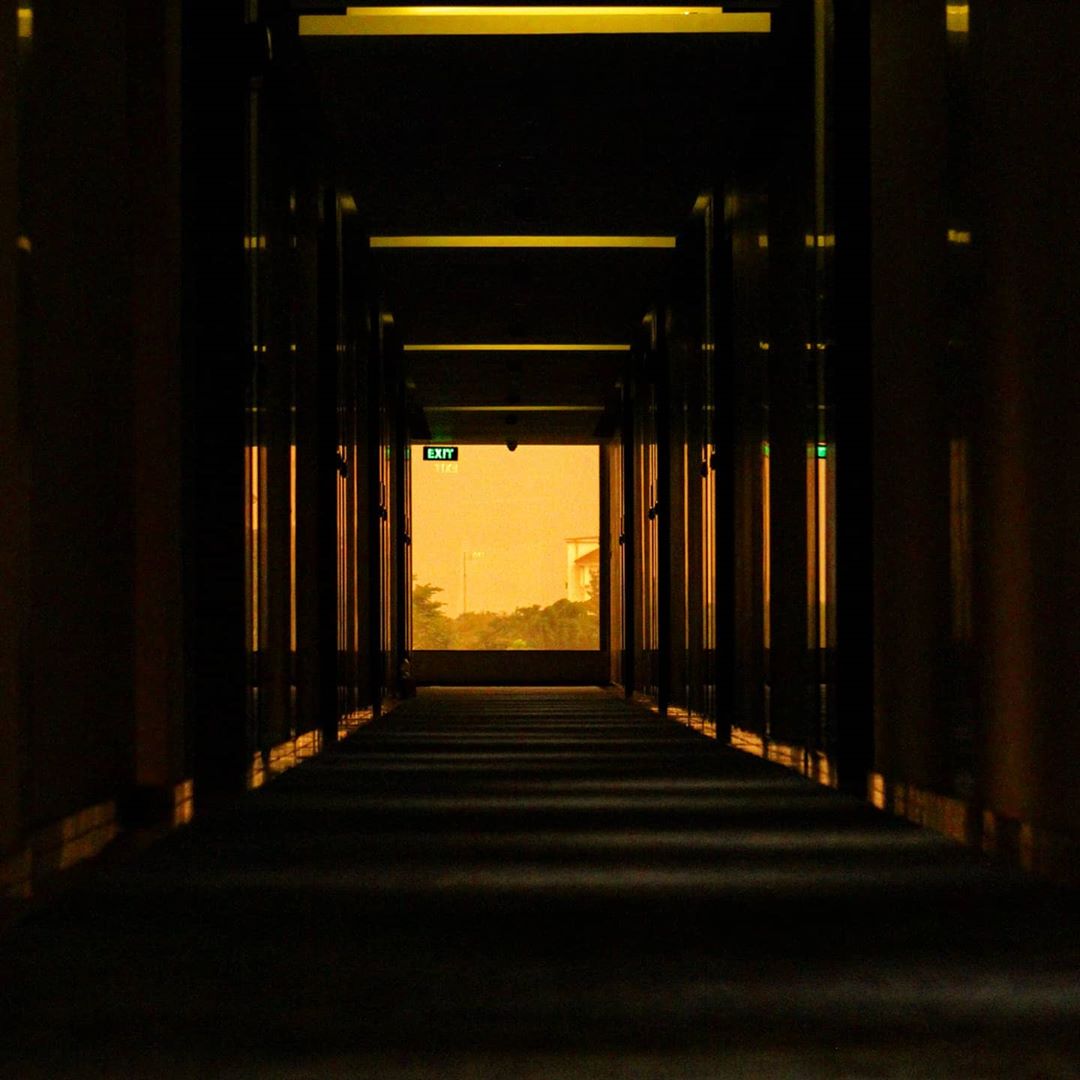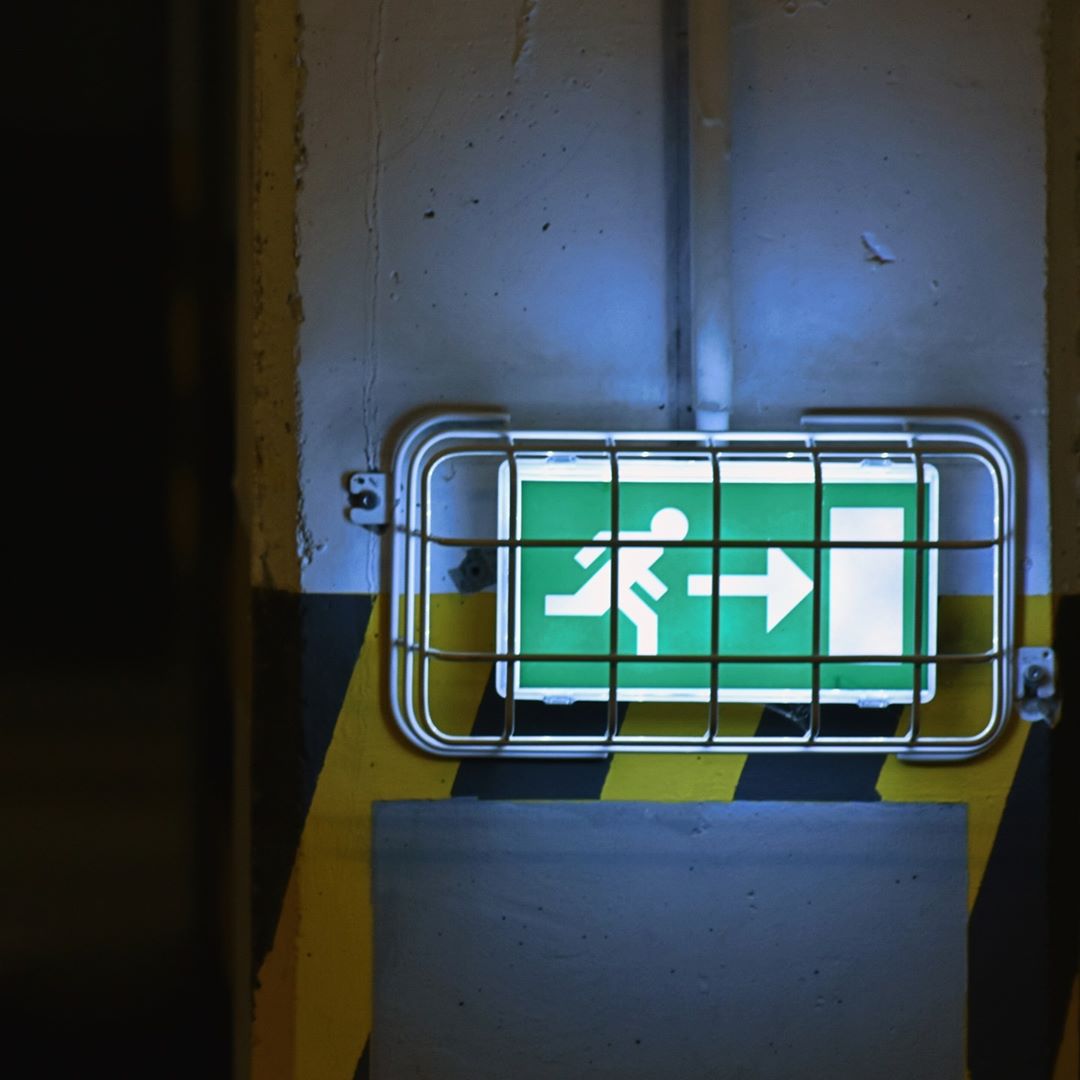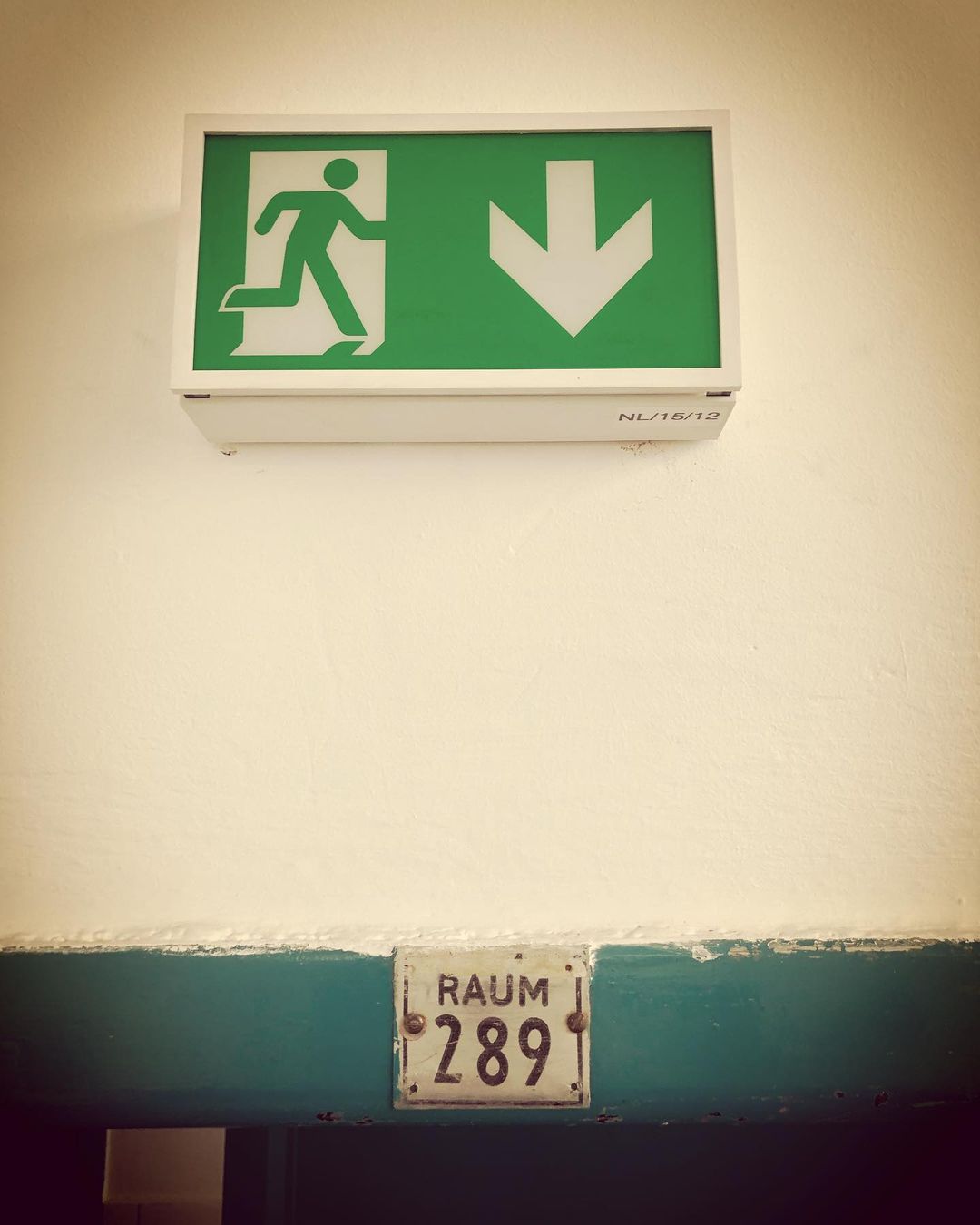What is Emergency Light Testing and Why It’s a Must for Building Maintenance?
Emergency light systems are a common thing. Every non-domestic building requires one. Everyone has seen this system at one point, probably without even noticing. Even blocks of flats have one. They offer a route to escape should a building plunge into darkness without warning, like if there is a fire or power cut. Emergency light Testing ensures the entire system is functional.

Legal Requirement
A working emergency light system is a legal requirement for all non-domestic buildings. A Daily, weekly, monthly and yearly inspection of the system condition ensure it is reliable.
Responsible Person
A named responsible person should carry out daily checks to make sure all the signs are in place and still lit up. If something isn’t working, they need to order repairs. They should also check to make sure nothing has blocked the emergency exits.

Monthly
Every month, the emergency light system needs to be tested. The main supply needs to be switched off to make sure the emergency system is glowing and visible. Any parts that fail to light up need to be repaired. Once the mains are back on, each sign and feature of the system needs to be checked to make sure it is charging.
Yearly
Every year, the mains need to be switched off for an extended emergency light test. The emergency lights system needs to be able to maintain its brightness for at least three hours.

Emergency Light Orientation
Even the most familiar of buildings becomes disorientating when the lights are switched off. People are prone to panic when the unexpected occurs. However, the emergency light system will ensure everyone can get out of the building in a calm and safe manner. Having a working and well-maintained system in place saves lives.
Familiar
Emergency light systems are familiar to everyone even if they don’t realize it. Most people will have only seen them under light conditions. The best way to see them in at least partial darkness is at the cinema. After the lights have dimmed but before the film starts, you can see the light system glowing above the exit doors. It provides an idea of what the lights would look like in the event of the mains failing.
On the way to the emergency exits, there should be clear signage that is also glowing. This is part of the emergency light system. In an emergency, the signs and lights above the door can get people out of the nearest exit or lead them to the next exit should that one be too dangerous to use.
Stairways also need an emergency light system. The luminescent strips on steps in commercial buildings are part of the emergency light system.
Emergency lights are a vital safety feature to make sure people can exit a building in the event of the mains failing. They are mandatory under the Regulatory Reform (Fire Safety) Order. They are such a part of modern life, and the public doesn’t notice them until they need to use them.






